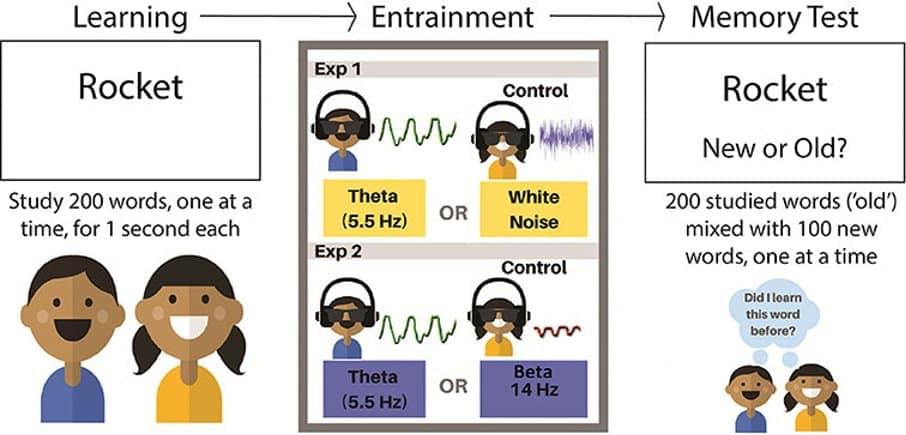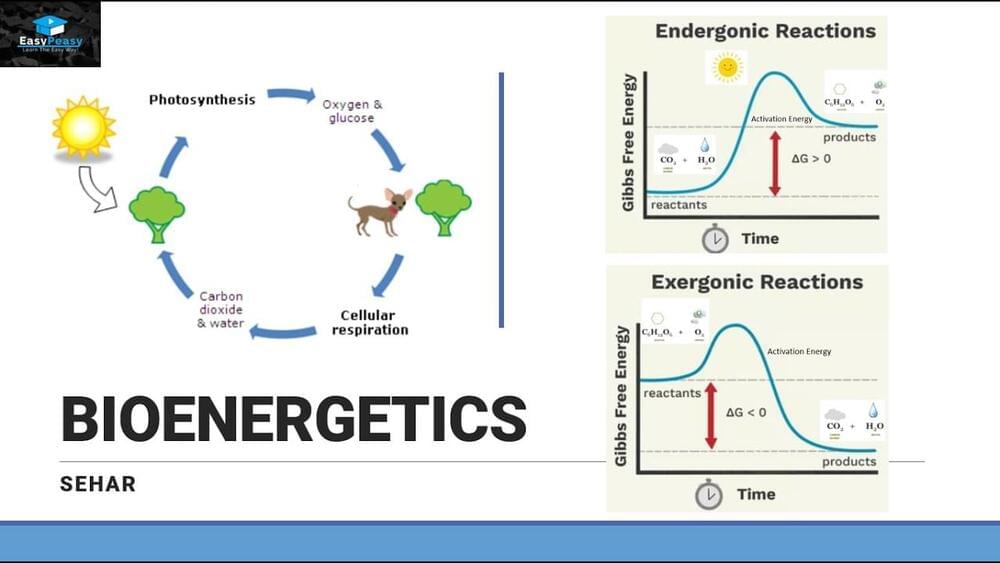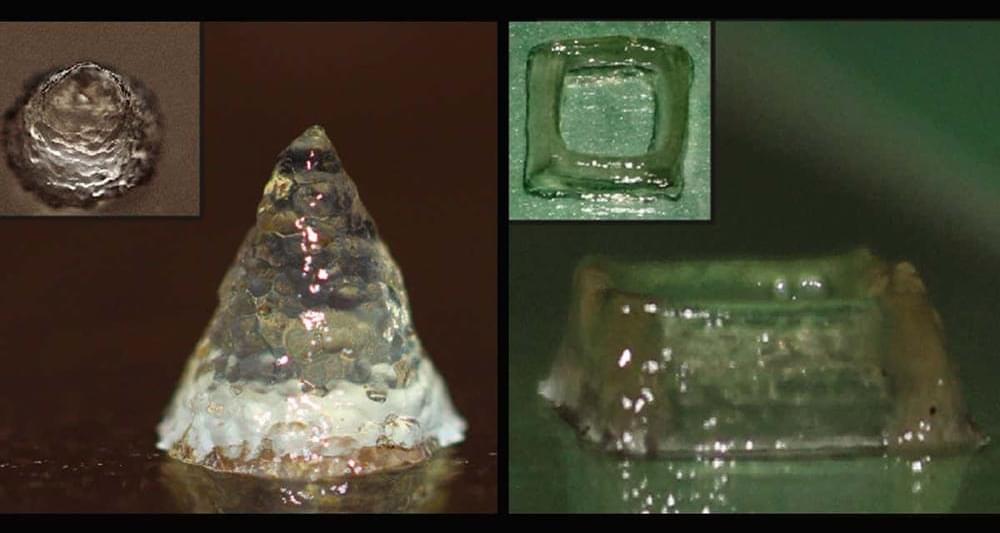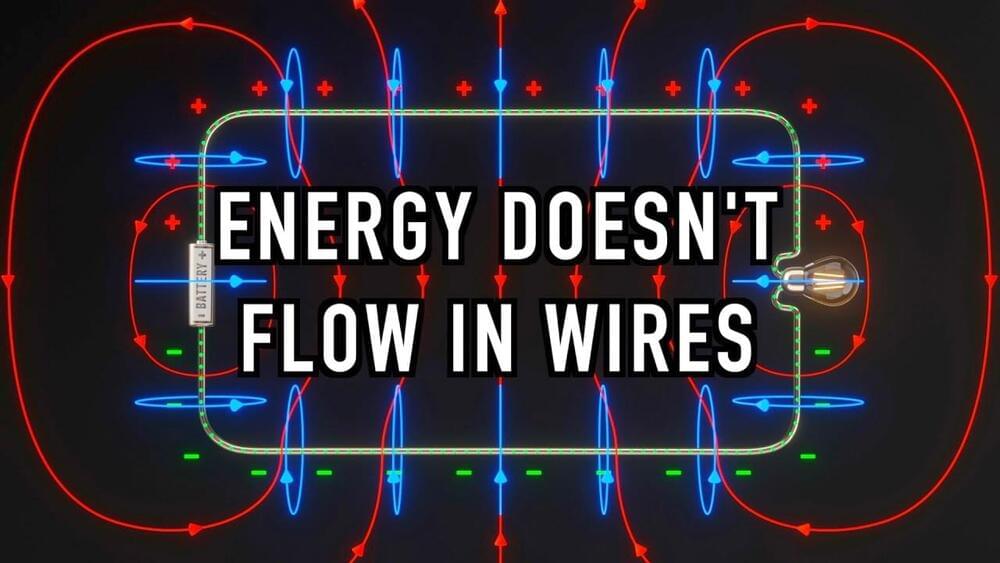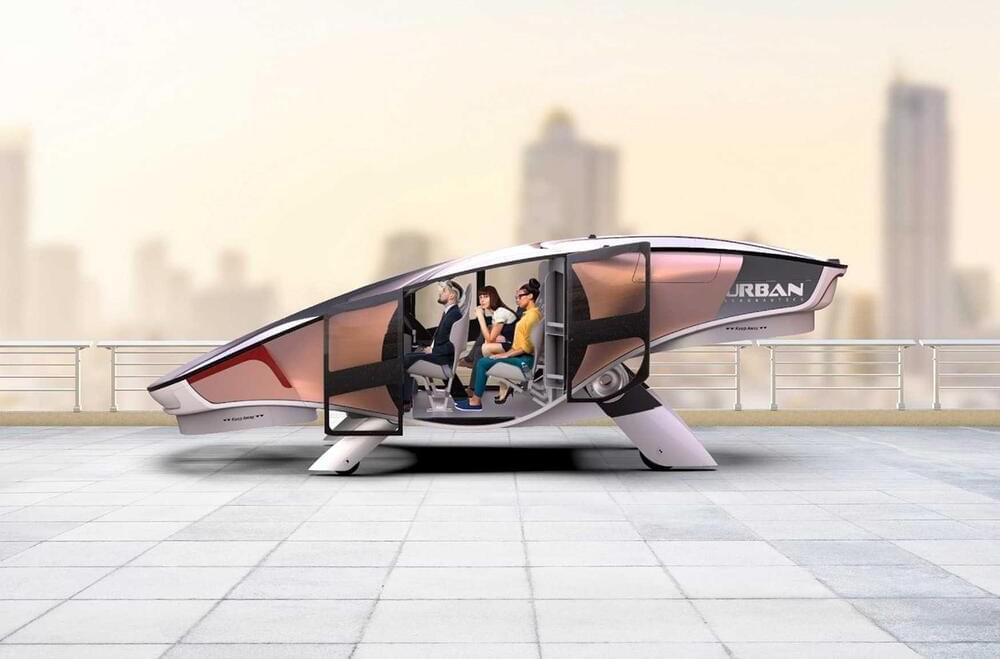Nov 29, 2021
Shifting Colors for On-Chip Photonics To Power Next Generation Quantum Computers and Networks
Posted by Genevieve Klien in categories: computing, internet, quantum physics, space
On-chip frequency shifters in the gigahertz range could be used in next generation quantum computers and networks.
The ability to precisely control and change properties of a photon, including polarization, position in space, and arrival time, gave rise to a wide range of communication technologies we use today, including the Internet. The next generation of photonic technologies, such as photonic quantum networks and computers, will require even more control over the properties of a photon.
One of the hardest properties to change is a photon’s color, otherwise known as its frequency, because changing the frequency of a photon means changing its energy.


